Best Sellers
Styylish History
Art Nouveau Style Furniture History
French Art Nouveau Furniture History (1889-1925)
The Art Nouveau style emerged in Paris, though some attribute its origins to Wagner in Vienna. Some experts state this period lasted from 1878 to 1905, while others mark it from 1889 to 1925.

Art Nouveau became a massively popular style across most of Europe and the United States until World War I.
Often, many view the transition between the 19th and 20th centuries through rose-tinted glasses.
Indulgent and extravagant interior design and pieces mirroring arboreal and floral themes define this period.
The style Art Nouveau got its name after a Parisian gallery renowned for advancing innovation in the decorative arts.
It gained international attention in 1900 at the Paris Exposition, where designers debuted pieces with realistic, natural standards.
Nearly all art forms, but especially architecture and industrial design, were affected by Art Nouveau.
Furniture manufactured in Paris was costly. Curved lines and irregularities in construction drove up the price of these pieces.
However, this did not stop Art Nouveau from becoming one of the most popular styles in the world.
Characteristics of Art Nouveau
Elements of Art Nouveau design initially began with striking and ornate compositions. Some say that furniture from this period was a protest against the Napoleonic styles, but it is more than that.
Art Nouveau was distinguished, unconventional, and daring without going too far against the artistic grain.
This style’s features varied from location to location, but Art Nouveau furniture shared several commonalities across the world.
Themes found in nature, such as extensive references to flowers and trees, strongly influenced this style.
As it progressed, Art Nouveau principals gradually introduced Gothic and Japanese forms.
Pieces often featured curved lines for various details of the designs. While this style focused on asymmetry, furniture remained largely symmetrical due to its practical nature. However, designers sometimes included minute asymmetrical aspects.
Designers crafted furniture with mahogany, walnut, or maple and coupled with exotic woods like ebony or snake-wood. Pieces were then skillfully polished with a fine varnish.
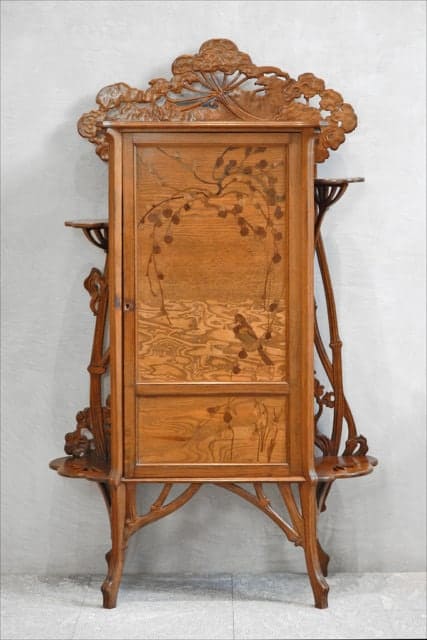
Art Nouveau Furniture
Cabinetmakers used materials and techniques that delivered either expensive pieces made from luxurious materials or produced in factories for department stores.
Designers and furniture makers used a range of materials to craft Art Nouveau style furniture, including Brazilian mahogany, oak, walnut, pearwood, iron, steel, bronze, and cast iron.
Continental art nouveau, in particular, was expensive to make as it required a great deal of skill. The curves and twists that define this style were difficult to make from hardwood. Because of this, they had to be constructed by hand.

The high price of many Art Nouveau pieces led many to turn away from this style of furniture in favor of more affordable ones.
However, it still led to other modern design styles, such as Art Deco and Modernism, and remains some of the most prize pieces of antique furniture today.
Art Nouveau style tables emphasize the characteristics of neo-Renaissance design. Often, they were constructed from mahogany or oak and had elegantly sculpted legs and bases.
Designers produced tables with unconventional shapes and curvilinear forms.
Additionally, chairs, sofas, and other seating designed during this period mirrored the free interpretation of earlier styles.
Unlike designs from the past, Art Nouveau seating paid little attention to uniformity. Despite the lack of unity, clean, unbroken lines and high backs created beautiful designs that became immensely popular.
Art Nouveau Designers
The Art Nouveau style defined the transition between the 19th century and the 20th. It was a global sensation that spawned numerous designers from around the world.
Hector Guimard, Charles Rennie, Mackintosh, and Victor Horta were three prominent architects whose work helped foster this movement.
This section focuses on notable French designers; however, many artists from a variety of disciplines played a significant role in cultivating the Art Nouveau style.
Émile Gallé and Louis Majorelle
Émile Gallé and Louis Majorelle were two extremely prominent designers whose workshops were in Nancy.
They pulled inspiration from forms found in nature, such as flowers and insects (particularly the dragonfly).
Gallé was widely recognized for his marquetry skills. He often used marquetry in relief to create landscapes or poetic motifs.
Majorelle crafted pieces with expensive, exotic woods embellished with bronze sculpted herbal themes.
For the initial phases of manufacture, Gallé and Majorelle employed machines but always finished their pieces by hand.
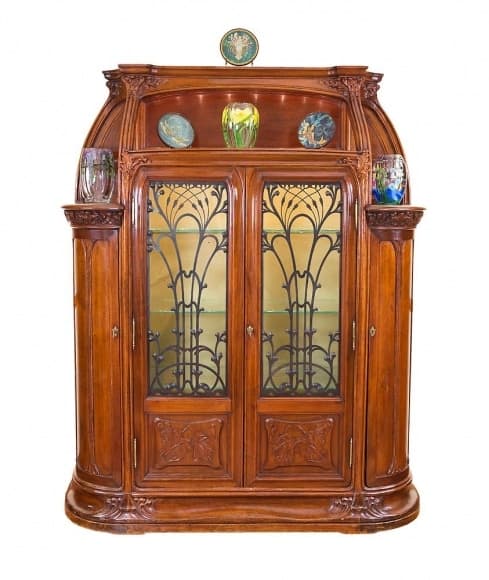
Émile André
Émile André (1871-1933) was a descendant of the legendary French cabinetmaking family. Like many other prominent art nouveau designers, André studied at the same art school in Nancy.
André studied under his father, Charles André, and eventually Eugène Vallin. Together with Vallin, the two men formed the fundamental principals of the art nouveau style.
From 1901 to 1912, André built more than a dozen buildings in this style.

Eugène Vallin
Eugène Vallin (1856-1922) was a successful art nouveau furniture designer and manufacturer, as well as architect.
Vallin’s early projects included interiors and furniture for churches but shifted towards Art Nouveau after designing the door of Gallé’s new studios.
Vallin gained fame as an Art Nouveau furniture designer. He was responsible for many living and dining room sets belonging to well-known individuals in Nancy.
With assistance from architect Georges Biet, Vallin built a studio for himself in 1956, which became Nancy’s first Art Nouveau structure.

Henri Bellery-Desfontaines
Henri Bellery-Desfontaines (1867-1909) modeled much of his work after neo-Gothic designs from Viollet-le-Duc.
Desfontaines worked with other notable French furniture designers like Georges de Feure, Eugène Gaillard, Édouard Colonna, and art dealer Siegfried Bing. Together, these men reinvigorated the industry with new concepts.
This concept, known as “abstract naturalism,” combined straight and curved lines and reflected rococo-era themes.
Desfontaines gained fame for his tapestries and pieces decorated with elaborate botanical subjects for affluent clients.

Conclusion
Art Nouveau was a worldwide phenomenon that gradually melted into other modern movements like Art Deco. This style’s trademarks include floral motifs, natural forms, and other elements inspired by natural themes.
Since it was a global style, different countries produced their own variations of Art Nouveau pieces. But, these designers still incorporated the style’s primary characteristics.
Art Nouveau remains an immensely popular style that adds a touch of luxury to any space.
Styylish
Find beautiful, one-of-a-kind antiques from around the world in the Shop.
Then, check out the Blog for more furniture history as well as design tips, style ideas, and more.





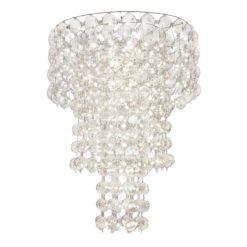






















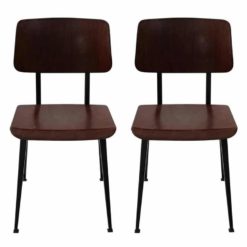

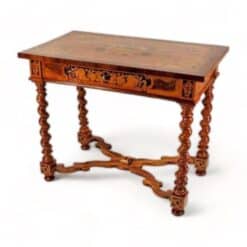


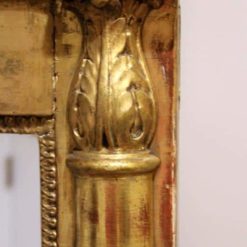
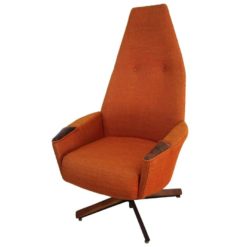



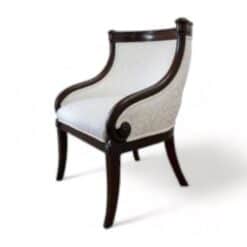



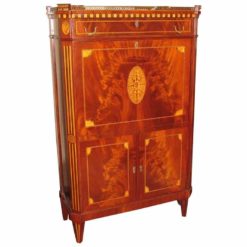





Pingback: Art Nouveau In Vienna | History and Characteristics | Styylish